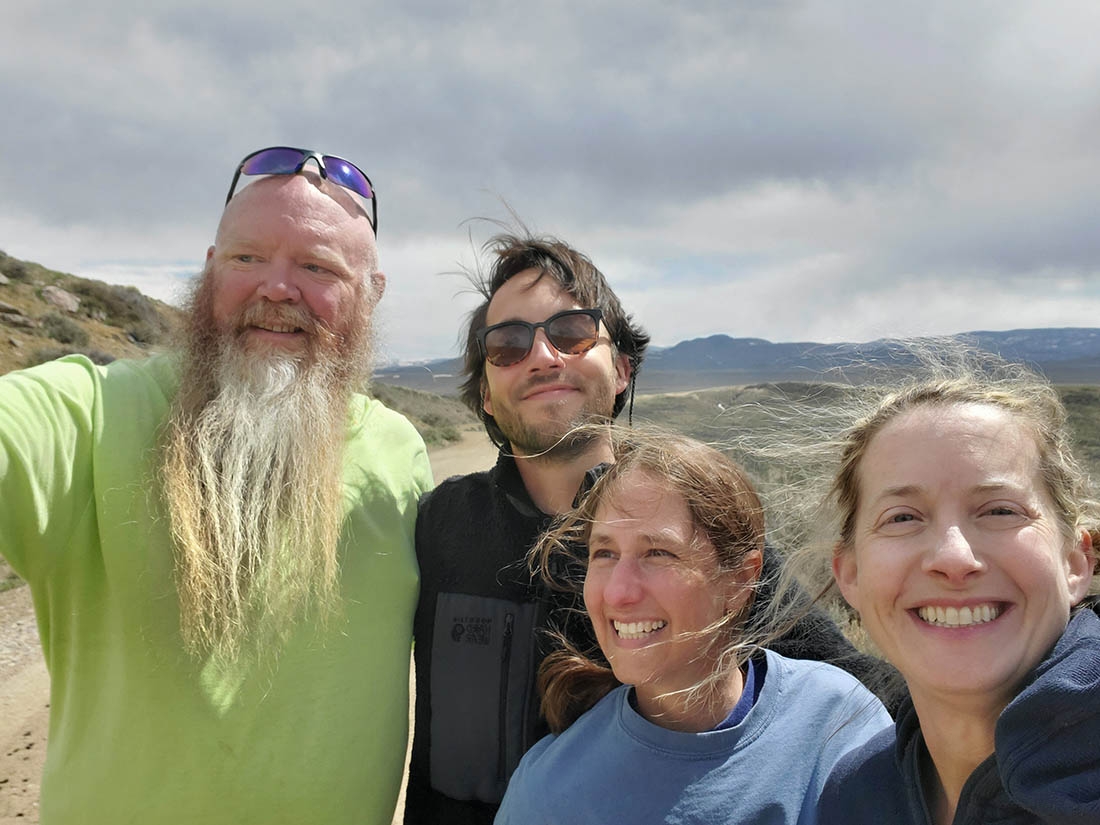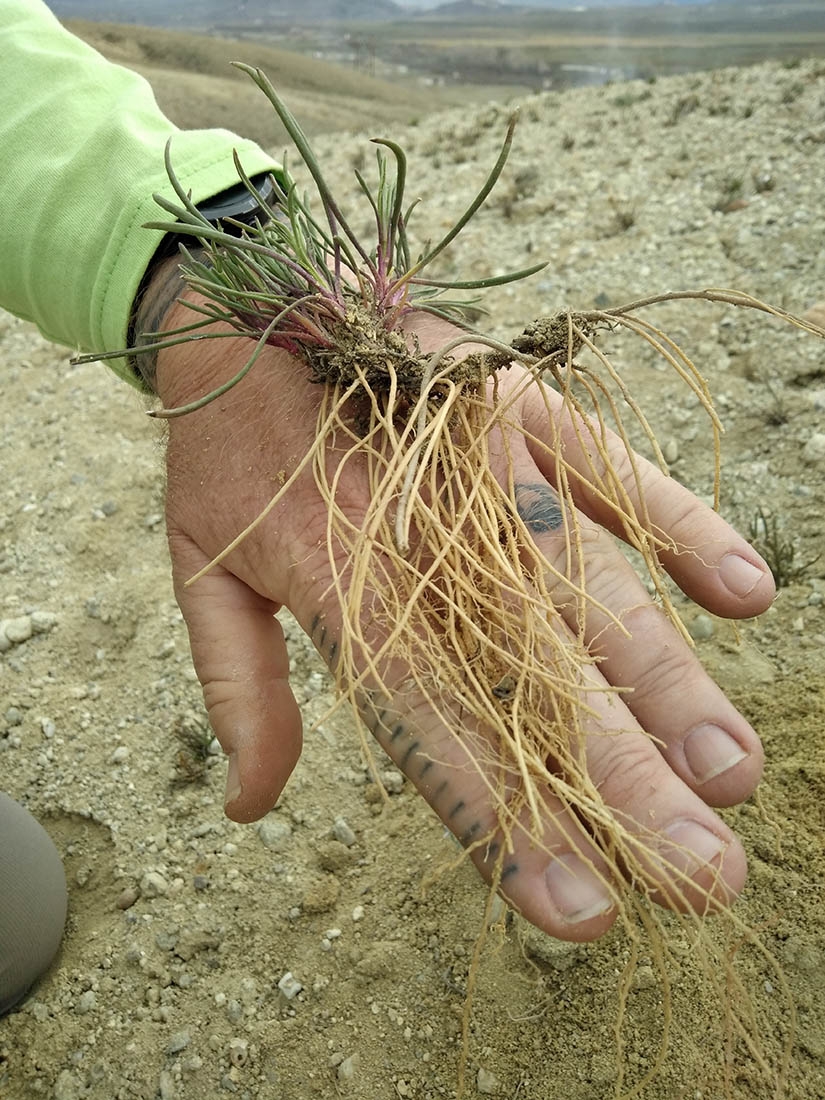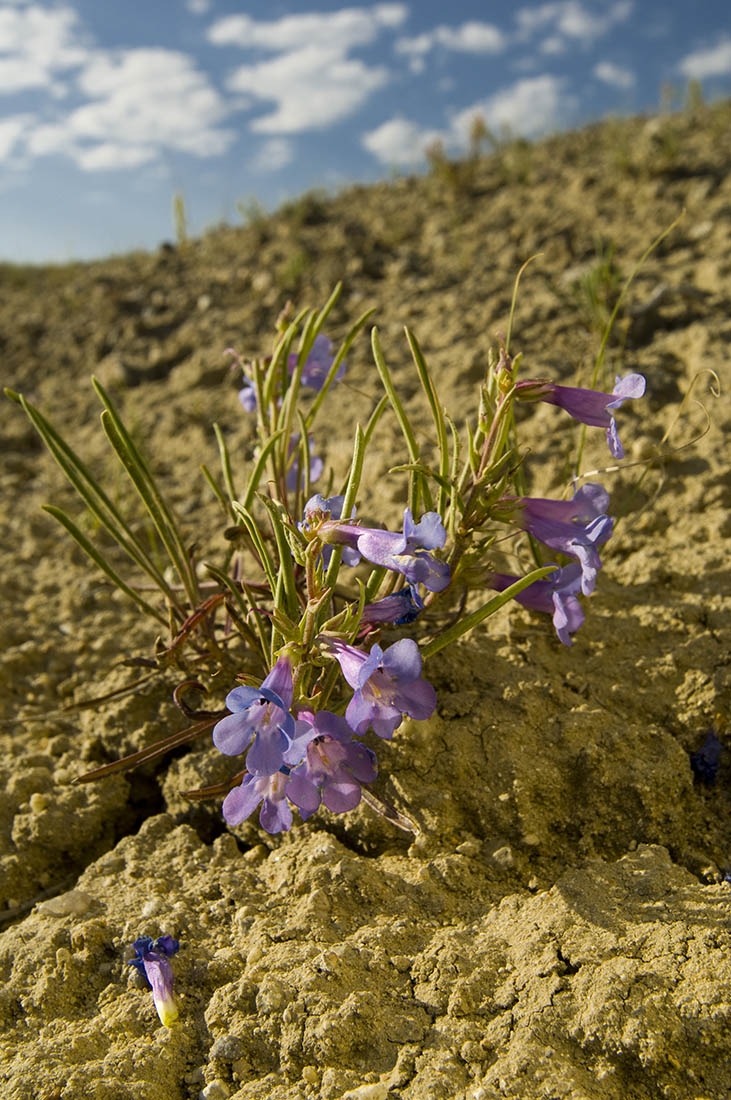Collaboration for Conservation
Federally listed plants (rare plants that are considered threatened or endangered) are protected on public lands. However, sometimes there is conflict between energy needs and lands that support rare and endangered plants. In such cases, the loss of individual plants can be unavoidable. There is a current conflict for an energy project in western Colorado where needed improvements to electrical towers threaten a listed rare Penstemon. Denver Botanic Gardens was asked to study if individuals could be successfully transplanted out of harm’s way. To do this, our research and horticulture departments teamed up.
We set out to test methods of transplanting individuals that maximizes survival and is scalable for all individuals that will be affected, possibly numbering in the thousands. I know how to set up an experiment and analyze data to measure success. Our horticulturists at Denver Botanic Gardens are experts at planting beautiful, thriving gardens. However, in a natural setting, transplanted individuals contend with unpredictable conditions and a lack of continued care. Our horticulture team designed a quick and efficient transplant method to minimize stress to plants and ensure the greatest connection of roots to soil nutrients and moisture. Using our combined skills, we developed and implemented a new protocol for this transplant experiment.
One of the questions we had was when the best time was to conduct the transplant. We tested transplanting in the spring when there are cooler temperatures, wetter conditions, and plants are putting their energy into growth and survival. We moved another batch of plants in the fall when root systems are developed but plants may be putting their energy into reproduction instead of survival.
Over the next three years, we will monitor the survival and growth of our transplanted individuals and compare these rates with the local population of Penstemon. What we learn will inform plans by the land managers and help determine if this is a viable option for similar situations. Through this collaboration between two of our teams at the Gardens, we hope to save thousands of affected individuals and establish them in new, safe homes.
Gallery



Add new comment